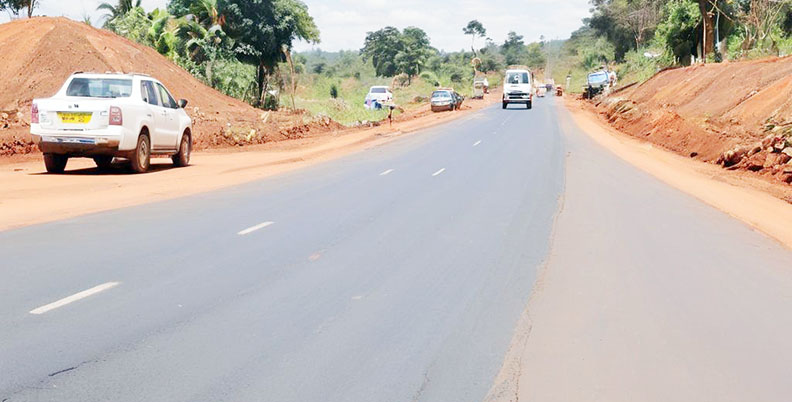A total of 205 km was added to the paved road network during FY2023/24, increasing the total paved national road network to 6,338 km, representing over 30 percent of the national road network, Uganda’s Minister for Finance, Planning, and Economic Development, Matia Kasaija, has said.
In his budget speech for the financial year 2024-2025, Kasaija highlighted several key road projects completed during the financial year. These include Atiak-Laropi, Masindi-Biiso, and Rukungiri-Kihihi-Ishasha/Kanungu roads. Additionally, strategic bridges such as the Kampala Flyover and Saaka Swamp Crossing were completed, showcasing the government’s commitment to improving the country’s infrastructure.
While these developments are commendable, they are not without challenges. The positive aspect is the continued investment in infrastructure, which is essential for economic growth and connectivity. Kasaija stated, “The completed roads and bridges enhance mobility and support economic activities across various regions.” This progress is expected to facilitate trade and improve access to essential services, particularly in rural areas.
On the downside, there are concerns about the sustainability and maintenance of these projects. The minister acknowledged, “During FY2024/25, more focus will be put on the maintenance of the roads we have built, building a few new strategic roads, and the rehabilitation of the Metre Gauge Railway.” This indicates a shift towards ensuring that existing infrastructure remains functional and effective, addressing potential issues of neglect and degradation.
In the aviation sector, notable achievements include the 90 percent completion of Kabalega International Airport in Hoima and the expansion and rehabilitation of Entebbe International Airport. These projects are crucial for boosting Uganda’s connectivity and tourism sector. Additionally, the maintenance of 13 aerodromes across the country ensures that smaller regions remain accessible, promoting regional development.
Water transport also saw significant progress with the completion of strategic ferries and the construction of the Maritime Training Institute in Namasagali. These initiatives aim to enhance safety and efficiency in water transport. However, the ongoing construction of search and rescue centers highlights the need for improved emergency response capabilities.
Railway transport developments include acquiring a 161-km corridor for the Standard Gauge Railway and the rehabilitation of the Tororo-Gulu Metre Gauge Railway. These projects are vital for reducing transportation costs and enhancing trade routes. Kasaija emphasized the importance of these projects, stating, “The railway projects will significantly cut transportation costs and boost trade within the region.”
For the upcoming fiscal year, Kasaija has allocated Shs 4.989 trillion for transport infrastructure, focusing on tarmacking additional roads, completing ongoing projects, and rehabilitating the Metre Gauge Railway. This investment addresses existing infrastructure gaps and supports Uganda’s long-term development goals.
Despite these positive strides, the ambitious targets present challenges. The minister’s plan includes tarmacking an additional 306 km of roads and completing the upgrading of 210 km of existing roads. Meeting these targets requires efficient project management and sufficient funding. The emphasis on maintenance and rehabilitation is crucial to preventing the deterioration of newly constructed infrastructure.
In conclusion, as outlined in the budget speech, Uganda’s infrastructure development showcases significant progress and a strategic focus on enhancing connectivity and economic growth. However, the sustainability and effective management of these projects remain critical to their long-term success. As Kasaija highlighted, “Ensuring the proper maintenance and expansion of our infrastructure is key to driving Uganda’s economic development and improving the quality of life for all citizens.”

